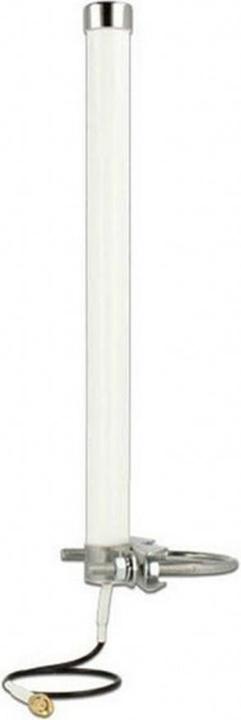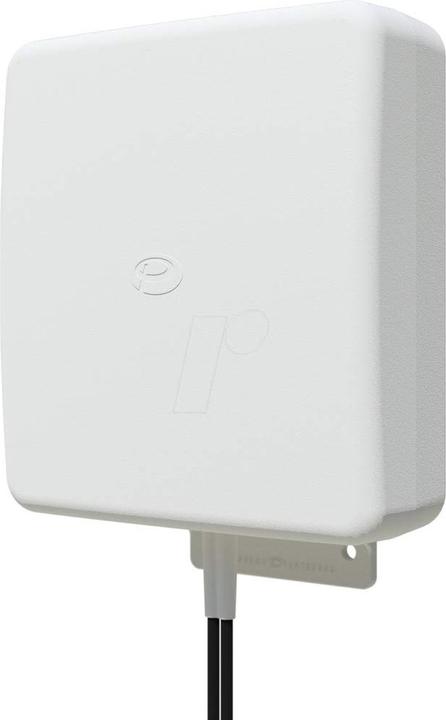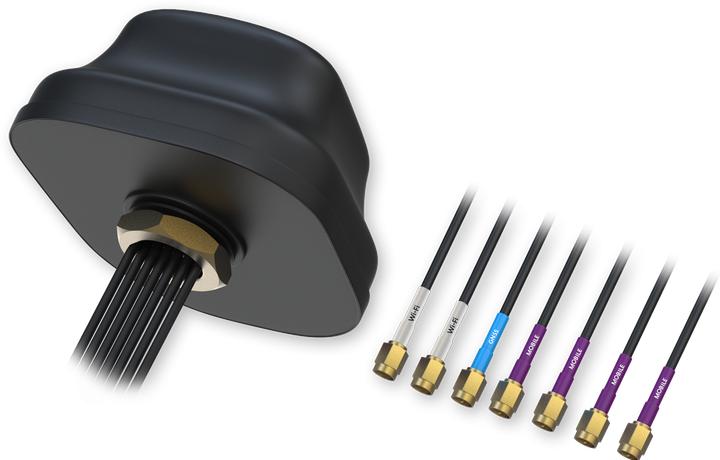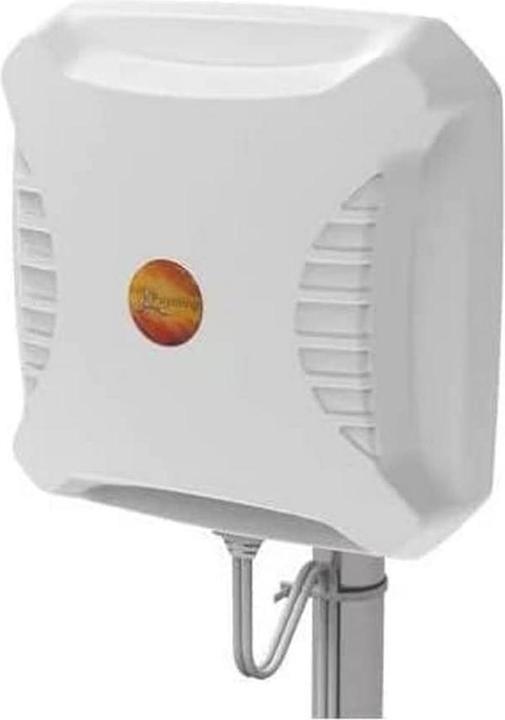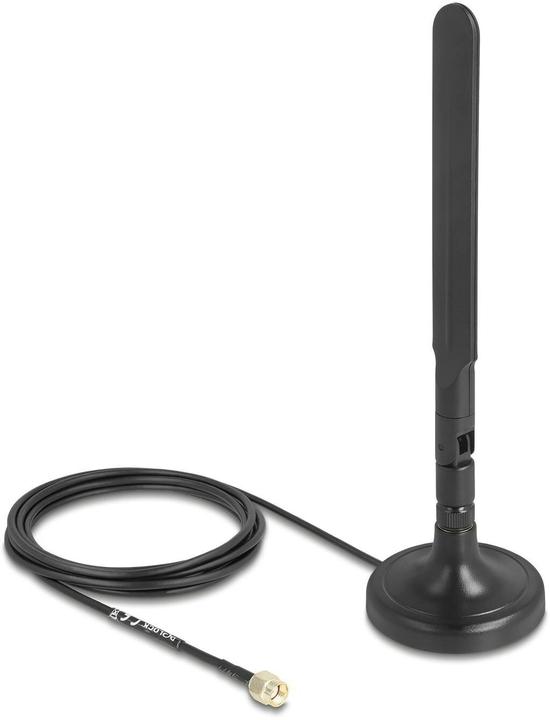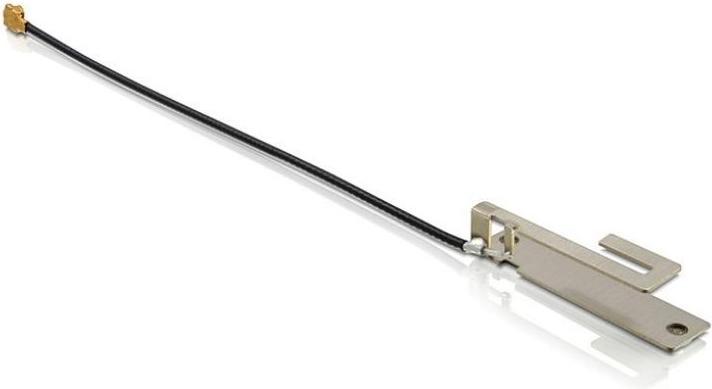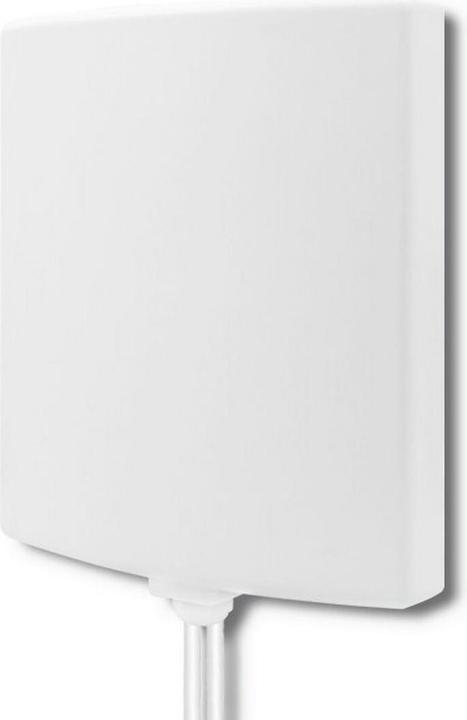
Too Many Network Antennas? Here's How to Find the Right One
Discover the five key factors to consider when choosing the perfect network antenna for your needs.
Last updated 1 day ago. Automatically generated content.
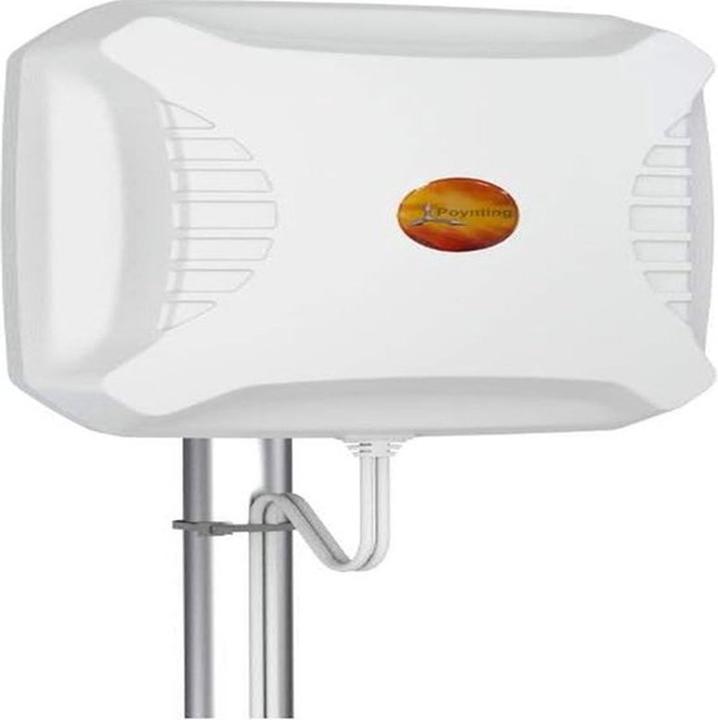

Select options and limit the number of products
Antenna type determines the specific functionality and applications of a network antenna, impacting the range and strength of the signal it can provide. Choosing the right antenna type is crucial for ensuring optimal connectivity and performance, especially in varying installation environments.
Popular options (you can select more than one)
WLAN Antenna
Designed to enhance Wi-Fi signal coverage within a specific area, providing stable and reliable connections.
Ideal for home and office environments, ensuring uninterrupted internet access for multiple devices.
Bestseller
Mobile radio antenna
Optimized for cellular networks, facilitating communication over long distances.
Essential for areas with weak mobile signals, enhancing voice and data reception even in remote locations.
Bestseller
Antenna reception refers to the ability of a network antenna to receive signals from various communication technologies. It is crucial because it determines the quality and reliability of connectivity, impacting data speeds and overall network performance.
Popular options (you can select more than one)
Wi-Fi
Typical price
27.– to 230.–Designed to connect devices wirelessly to a local network, providing internet access.
Ideal for home or office use, offering convenience and flexibility with high-speed data transmission.
Bestseller
5G
Typical price
72.– to 270.–Offers ultra-fast speeds and low latency, supporting advanced applications and streaming.
Best suited for urban areas and high-demand environments, enhancing mobile and fixed wireless experiences.
Bestseller
4G
Typical price
48.– to 230.–Provides reliable and widespread mobile network coverage with decent data speeds.
Suitable for general mobile use, ensuring consistent connectivity across various regions.
Bestseller
GPS
Typical price
94.– to 320.–Enables accurate location tracking and navigation by connecting to satellite signals.
Essential for navigation systems, providing precise geolocation for travel and logistics.
Bestseller
UHF
Typical price
33.– to 360.–Operates at ultra-high frequencies, effective for long-range communication.
Optimal for television broadcasting and public safety communications, ensuring robust signal transmission over large areas.
Bestseller
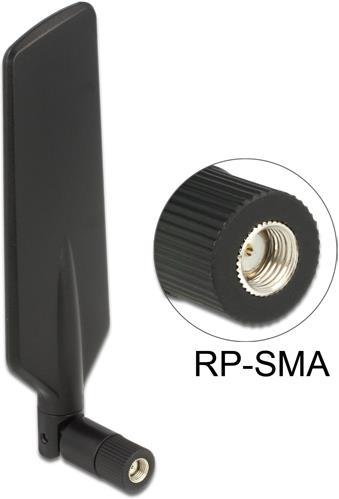
Delock LTE WLAN Dual Band Antenna RP-SMA
DECT, DVB-T, DVB-T2, Lora, 5G, 2G, Wi-Fi, DAB+, UHF, VHF, 3G, GSM, AM / FM
Wi-fi frequency determines the speed and range of your network connection, impacting your internet experience. Selecting the right frequency is essential for optimizing performance, especially in environments with varying levels of interference.
Popular options (you can select more than one)
2.4 GHz
Offers wider coverage and better penetration through walls, suitable for larger areas.
Ideal for basic internet activities like browsing and emailing, works well in environments with many obstacles.
Bestseller
5 GHz
Provides faster speed with less interference, perfect for high-bandwidth activities.
Recommended for streaming, gaming, and homes with multiple devices, ensuring smooth and reliable connections.
Bestseller
6 GHz
Offers the newest and fastest Wi-Fi speeds with minimal congestion, suitable for advanced setups.
Best for tech enthusiasts and smart homes, delivering exceptional performance for demanding applications.
Bestseller
Antenna connection refers to the type of connector used to attach an antenna to a device, influencing compatibility and signal quality. Choosing the correct connection type is crucial for ensuring reliable communication and optimal performance of your network setup.
Popular options (you can select more than one)
SMA
Typical price
27.– to 150.–Standard connector used in various wireless applications, known for its compact size.
Ideal for devices requiring secure connections, providing stable signal transmission in both indoor and outdoor environments.
Bestseller
N-Type
Typical price
64.– to 240.–Features a larger design suited for high-frequency applications, offering excellent durability.
Perfect for outdoor installations, ensuring robust performance and resistance to environmental elements.
Bestseller
RP-SMA
Typical price
18.– to 160.–Reverse polarity version of SMA, commonly used in Wi-Fi equipment.
Ensures compatibility with specific devices, making it a preferred choice for wireless networking setups.
Bestseller
U.FL / IPEX
Typical price
10.– to 15.–Ultra-small connector designed for internal connections within devices.
Optimal for compact devices needing minimal space, offering flexibility in design and ease of integration.
Bestseller
MMCX
Typical price
9.– to 51.–Micro-miniature coaxial connector providing secure snap-on connection.
Suitable for portable devices, offering easy connectivity and reliable signal transmission in mobile applications.
Bestseller
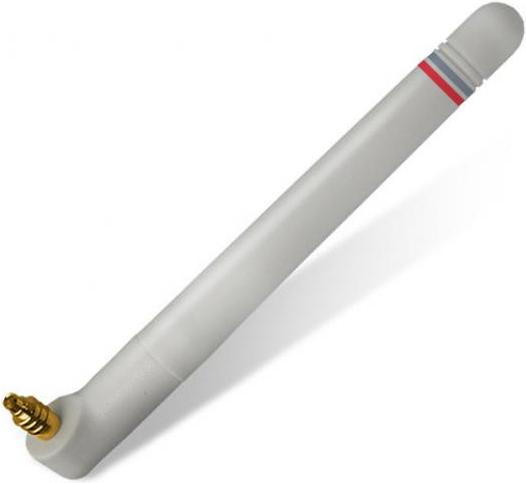
RF-Elements Compact Omni-Directional - 3 dBi - 2.4 - 2.5 / 5.1 - 5.875 GHz - 2 dBi - 3 dBi -
5G
Application range refers to the intended environment where a network antenna is best suited for use. It is crucial for ensuring optimal signal reception and performance, as different settings may require specific antenna types to accommodate varying conditions and obstacles.
Popular options (you can select more than one)
Outdoor
Designed to withstand various weather conditions, providing robust signal transmission in open areas.
Ideal for extending network coverage in large outdoor spaces like gardens or campuses, ensuring reliable connectivity.
Bestseller
Indoor
Optimized for indoor environments, offering efficient signal reception and transmission within buildings.
Perfect for enhancing network performance in homes or offices, overcoming structural interference for seamless connectivity.
Bestseller
